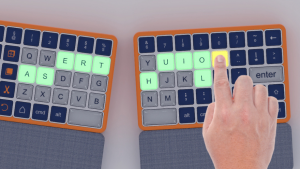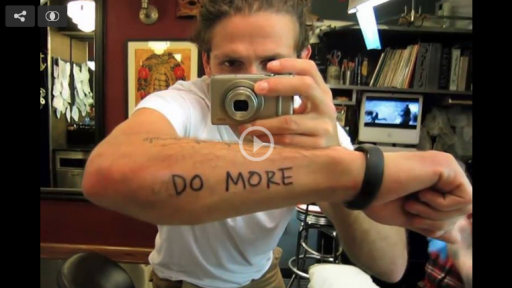Danish design is best known for using simplicity and functionalism for buildings, furniture and household objects. But these Danish designers present a perspective from their country that challenges our preconceptions.
The delegation that spoke at Design Indaba Conference 2014 consisted of Nille Juul-Sørensen of the Danish Design Centre, Vinay Venkatraman of Leapcraft, Mikal Hallstrup of Designit and Henrik Vibskov of Henrik Vibskov.
Architect Nille Juul-Sørensen has worked on the design of public transportation infrastructure. “We’re going to shape the future: is the future a white coffee cup, a new nice chair or a greyish couch?”, he says, comically insinuating what the design focus among his countrymen should no longer be.
Vinay Venkatraman is using design and data to transform an alarm clock into a medical tool that can save lives and change society. The alarm clock has been rejigged to accommodate sensors that can read pulse rate, blood pressure, respiration rate body temperature and oxygen saturation.
The alarm clock has been designed to give Indian healthcare workers a tool to diagnose patients adequately. It also has a triage monitor to sense the severity of a patient’s condition.
Hallstrup approaches design by convincing the industry that the fastest way to go from a need or a challenge to a solution that works is by “spanning the bow” or rethinking things – using design to bridge the gap between thinking and doing.
Hendrik Vibskov, the most outwardly eccentric of the group, challenges himself as a fashion designer: he doesn’t want to bother with small questions like whether to sew three or four buttons onto a cardigan.
In my process of being creative, whether I’m building an exhibition or designing a collection, I use mistake and faults, he says.











